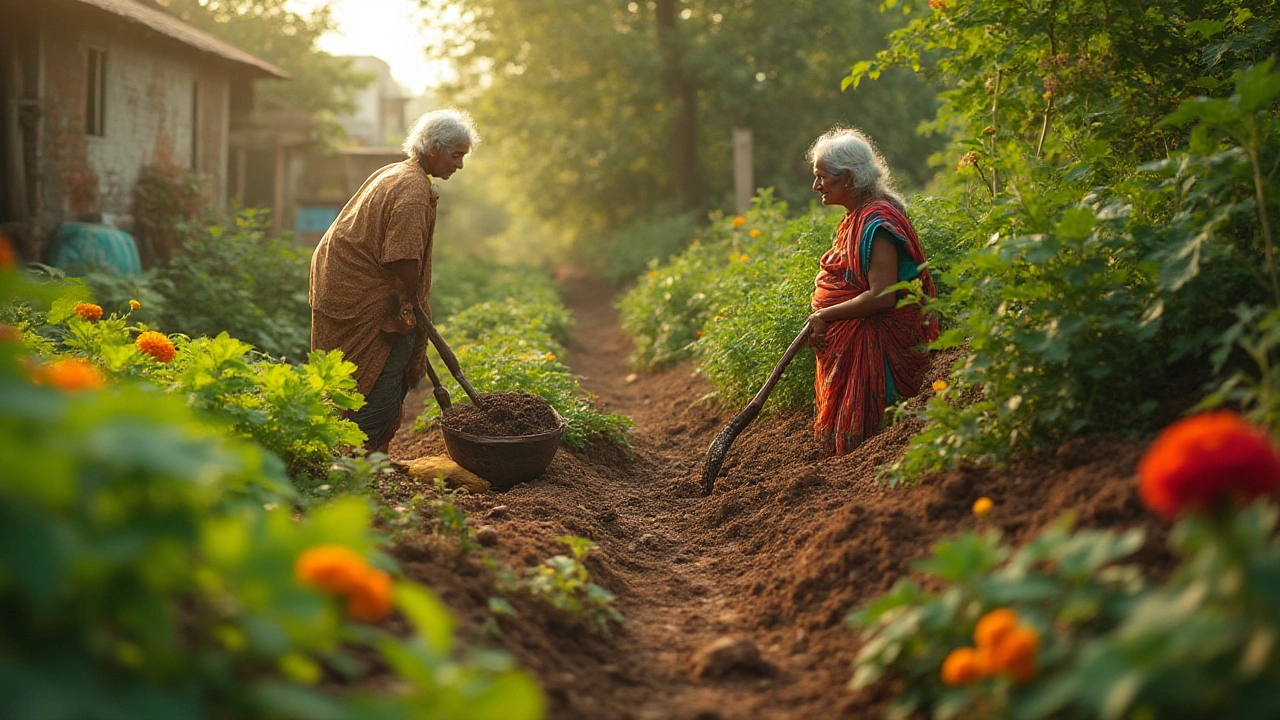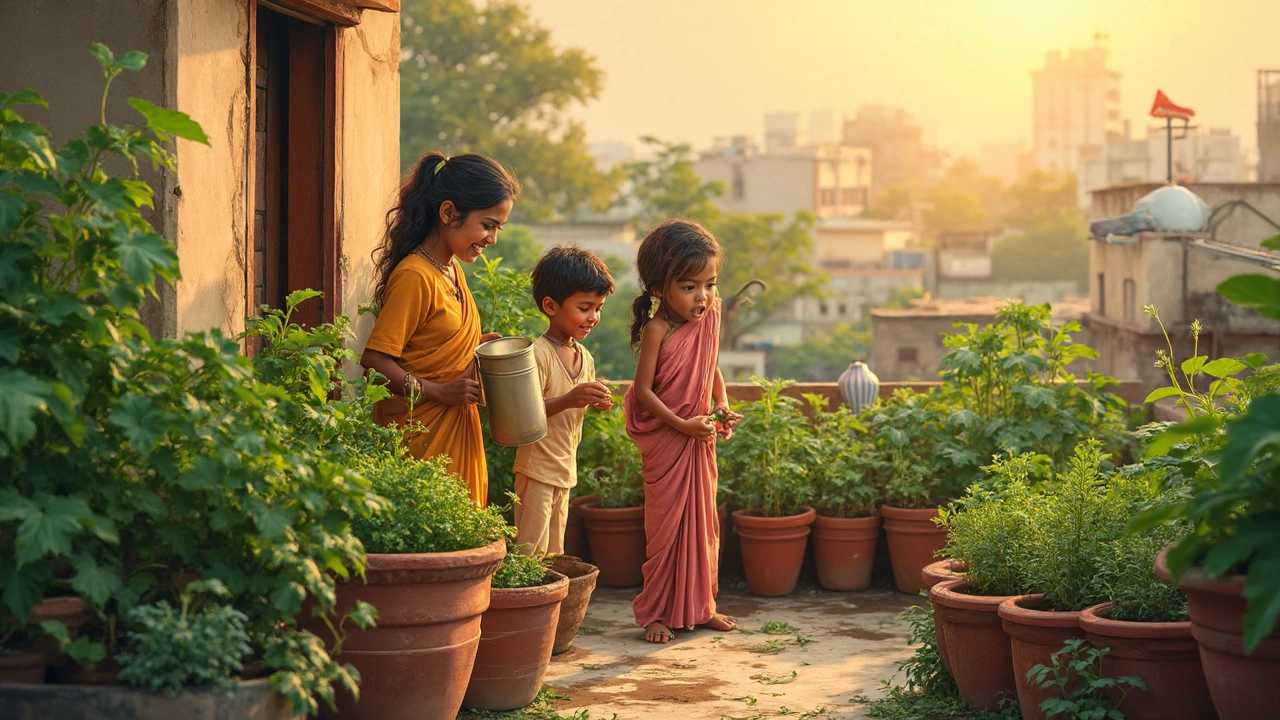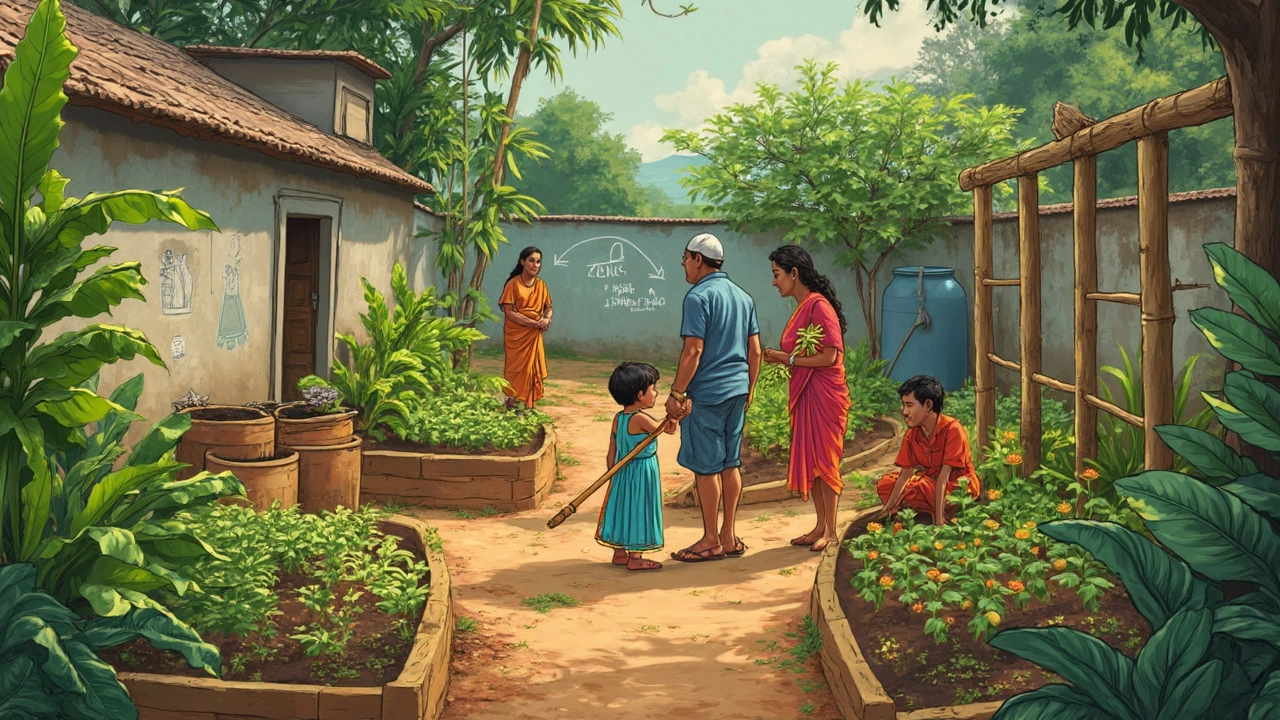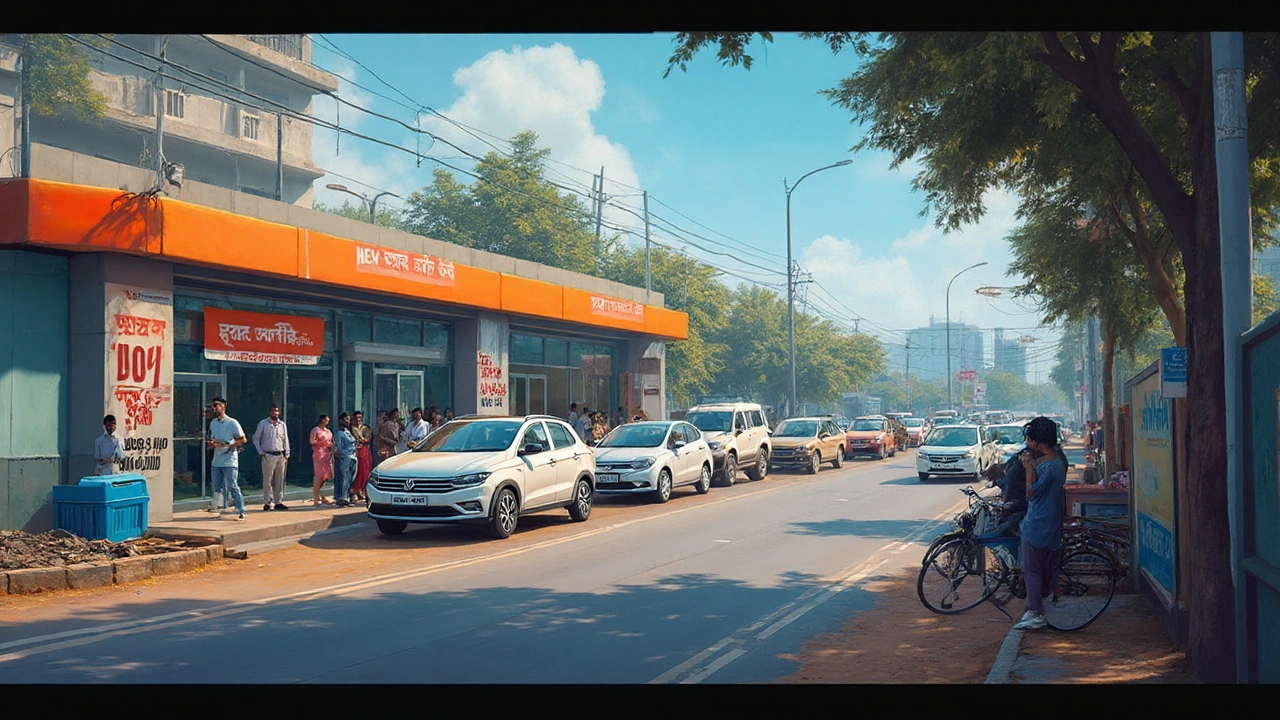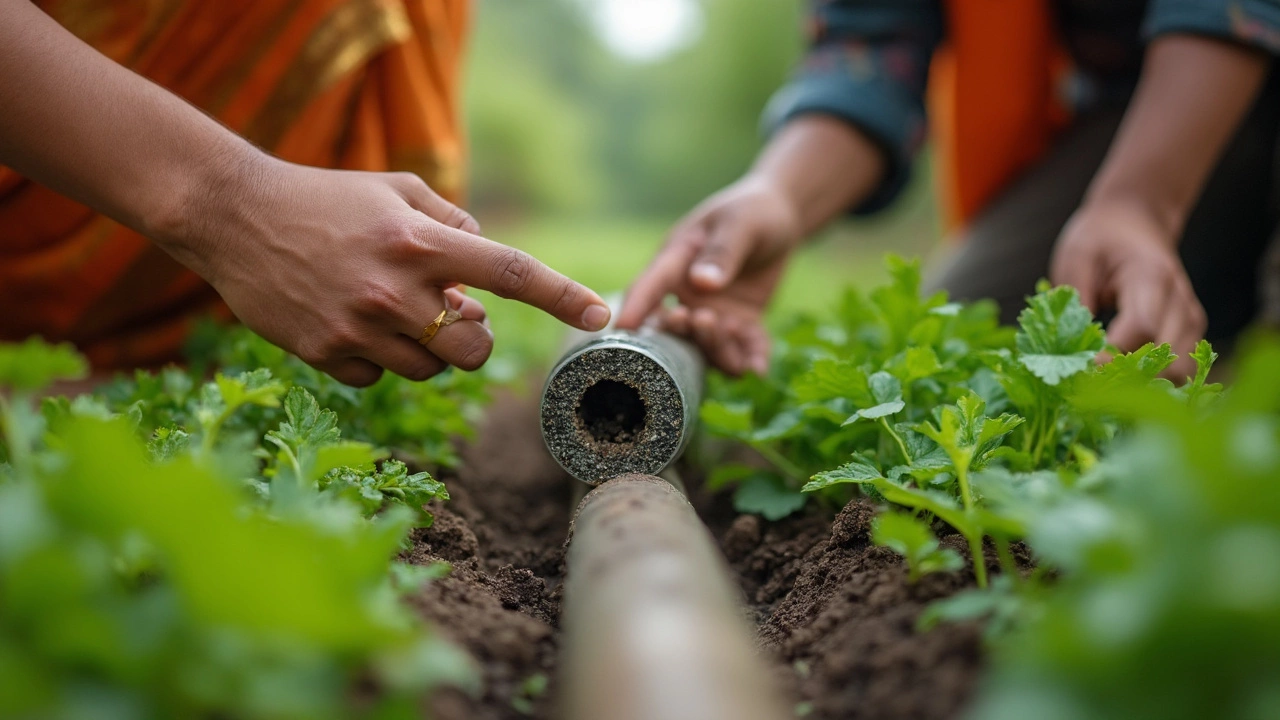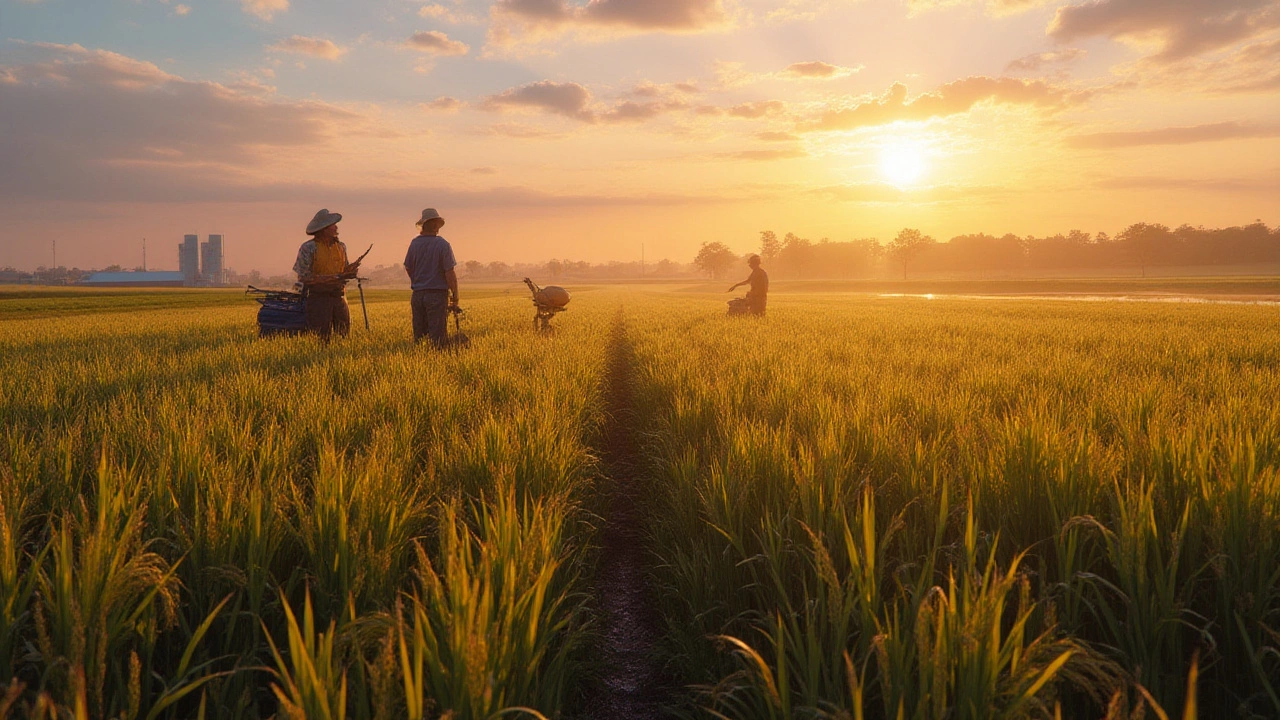Sustainable Gardening: Growing a Greener Future
When you hear Sustainable Gardening, the practice of growing food and ornamental plants while protecting the environment, conserving resources, and enhancing soil health. Also known as eco‑friendly gardening, it lets everyday gardeners cut waste, save water, and support local biodiversity. Think of it as a mindset that mixes good harvests with a light footprint. Below you’ll find the ideas that tie this mindset to real‑world actions.
Key Practices and Choices
One of the most effective habits is No‑Till Gardening, a method that avoids digging the soil, keeping its structure and microbes intact. By leaving the ground undisturbed, you preserve natural soil layers, protect earthworms, and reduce erosion. The result is richer, more resilient soil that holds moisture longer, which directly supports the sustainable gardening goal of low input use.
Another pillar is Permaculture, a design philosophy that creates self‑sustaining ecosystems by mimicking natural patterns. Permaculture blends plant placement, water management, and wildlife habitats into a single plan. It encourages poly‑cultures, companion planting, and renewable energy use, all of which boost productivity without extra chemicals.
If you focus on the garden’s output, Eco‑Friendly Vegetables, varieties that need little water, thrive in local soils, and resist pests naturally become the star players. Crops like millets, amaranth, and moringa grow well in Indian climates while demanding minimal irrigation. Choosing these veggies keeps your water bill down and your carbon footprint low.
Soil health ties every practice together. Healthy soil means more organic matter, better nutrient cycling, and stronger plant roots. Techniques such as compost addition, mulching, and cover cropping pump life back into the earth, making it a living medium rather than a dead substrate. When soil health improves, plants need fewer fertilizers, which aligns perfectly with the broader Regenerative Gardening, a focused approach that restores soil fertility and repairs degraded land principles.
Water efficiency rounds out the equation. Using drip irrigation, rain barrels, and mulches reduces evaporation and delivers moisture exactly where roots need it. Low‑water strategies are especially crucial in regions facing scarcity, and they directly support the sustainable gardening ethos of conserving resources.
Community also plays a role. Sharing seeds, swapping compost, and collaborating on community plots spread knowledge and resources, amplifying impact. Whether you garden on a balcony or a village field, these collective actions turn individual effort into a larger movement.
The articles below dive deeper into each of these topics. You’ll find step‑by‑step guides for starting no‑till beds, choosing the right eco‑friendly vegetables for Indian climates, and blending permaculture with regenerative practices. Ready to turn your garden into a low‑impact, high‑yield space? Keep reading to get practical tips you can apply today.
Why No-Till Gardening: Benefits, Methods, and Tips for Richer Soil
Discover why no-till gardening is changing backyard gardens. Explore its real benefits, science, practical tips, and how to get started for lush results.
Most Sustainable Vegetable to Grow: What Actually Works
Not all vegetables are created equal when it comes to sustainability. Some demand loads of water or picky care, while others seem almost impossible to kill. This article breaks down which veggie truly deserves the crown for sustainability, and why it matters for your garden and the planet. You'll get practical, no-nonsense tips on picking, growing, and enjoying veggies with a minimal footprint. Get ready to rethink what you plant next season.
Permaculture vs Regenerative Gardening: What Sets Them Apart?
People use the terms permaculture and regenerative gardening a lot, but they're not quite the same thing. This article breaks down how permaculture is a big-picture design system, while regenerative gardening puts a laser focus on building soil and healing land. By looking at their core ideas, practical techniques, and real-world results, you'll get a clear view of which approach fits your own backyard (or community plot) goals best. Find out which method is more hands-on, which is more about planning, and how you can mix both if you want results. Plus, discover simple tips for making your garden greener and more resilient starting today.
- manufacturing
- India
- food processing
- garden tips
- rice cultivation
- government schemes
- balcony garden
- urban gardening
- balcony gardening
- profitable business
- business ideas
- plastic manufacturing
- drip irrigation
- plant care
- steel manufacturing
- sustainable gardening
- startup ideas
- steel industry
- flower gardening
- textile manufacturers

